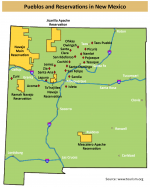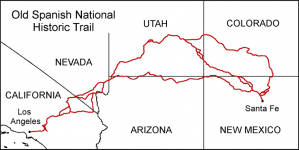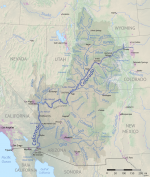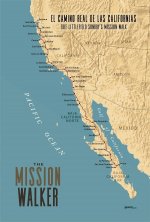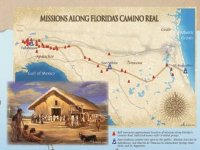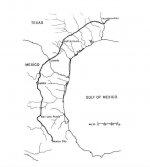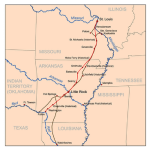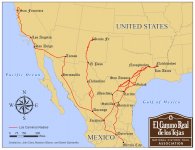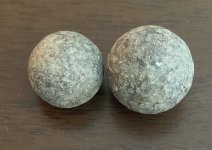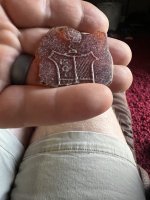- Thread starter
- #101
Have you ever looked at any of the Lewis Cass records? Especially his expidition in Michigan to find copper. Thomas Cumming, the First (living) Governor of Nebraska was just a young man at the time who Lewis Cass had chosen from Michigan U. to accompany him on the journey.
L.C. I'd like to hear a little about the copper expedition, if you don't mind.


